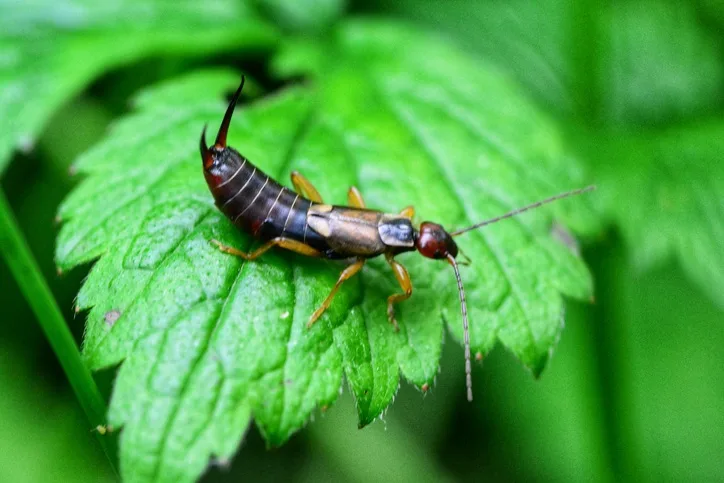
Creepy? Maybe. Crawly? Sure. But here's how earwigs can help you out
There's a few myths surrounding these creatures, but they can actually be very beneficial.
If you're seeing a lot of earwigs in your area, there's a reason. They love humidity and warm temperatures, and it is shaping up to be a hot summer.
For many, the mere mention of the word 'earwig' is enough to incite a reaction, not unlike centipedes, which are most likely to turn up in your home in the spring and fall.
Earwigs are more of a summer thing, at their most active between mid-June and October. That's when they're likely to wander into your home, albeit accidentally.
The next time you find yourself in the presence of earwigs, remember this:
1. They clean up the environment. Earwigs love to dine on decaying organic matter, including dead plants, animals, and old tree bark.
2. Earwigs eat pest insects. These effective predators of common garden pests will help control insect larvae, slug eggs, aphids, and other plant-killing bugs.
3. They won't hurt you! Contrary to popular belief, earwigs aren't really known to crawl into the ears of sleeping humans and animals and they're not known to attack, although they might nip if you get too close.
In other words, they're mostly harmless - but when there's a population boom like what happened in eastern Canada in 2021, earwigs will sometimes start munching on the plants in your garden, putting holes in the leaves.
In short:
In a normal year, earwigs can be beneficial, but with that said, here are some ways to control an earwig population on your property, courtesy of Canada.ca:
Cultivate the soil of your garden in spring to reveal earwigs that may have lived there through the winter and to expose eggs, limiting their chance for survival.
Limit moisture near your house by trimming vegetation and removing mulch.
Repair leaky taps and downspouts and direct drains away from your home's foundation.
Keep your lawn and garden free of debris. Clear away grass clippings, fallen leaves, old flower buds, and other plant material.
Inspect flowers or vegetables before bringing them inside.
Header image courtesy of Getty.






